“Everything that I heard about Samarkand is all true, absolutely everything! Except is one thing: it turned out to be more beautiful than I could imagine”. (Alexander the Great)
Alexander the Great
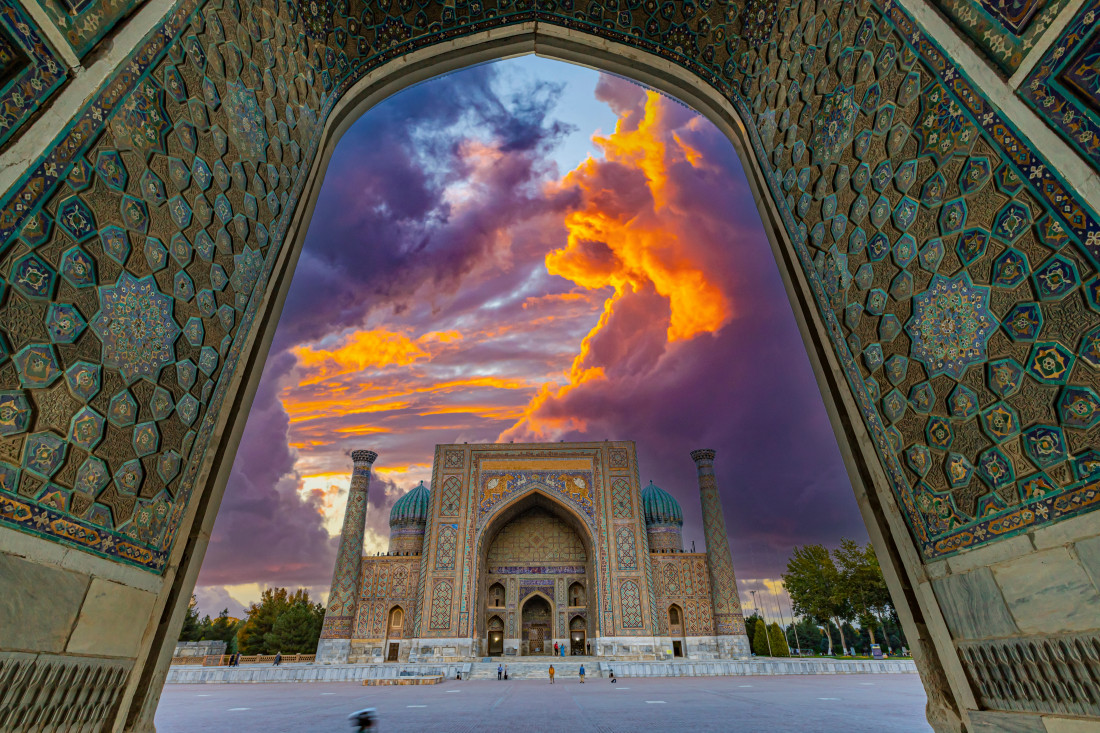
Samarkand is one of the most ancient cities on the planet, the same age as Rome and Athens. It is over 2750 years old. The city has always been distinguished by the fact that it was a true example of the veritable oriental hospitality. Here, several nationalities have always coexisted with ease. Samarkand is also called “East Babylon”.
It reflected the way, as if in a huge mirror. The path traveled by many generations. The rich events of the city, the difficulties, valuable finds and artifacts, ancient monuments suggest that the first people began to live on this territory many thousands years ago.
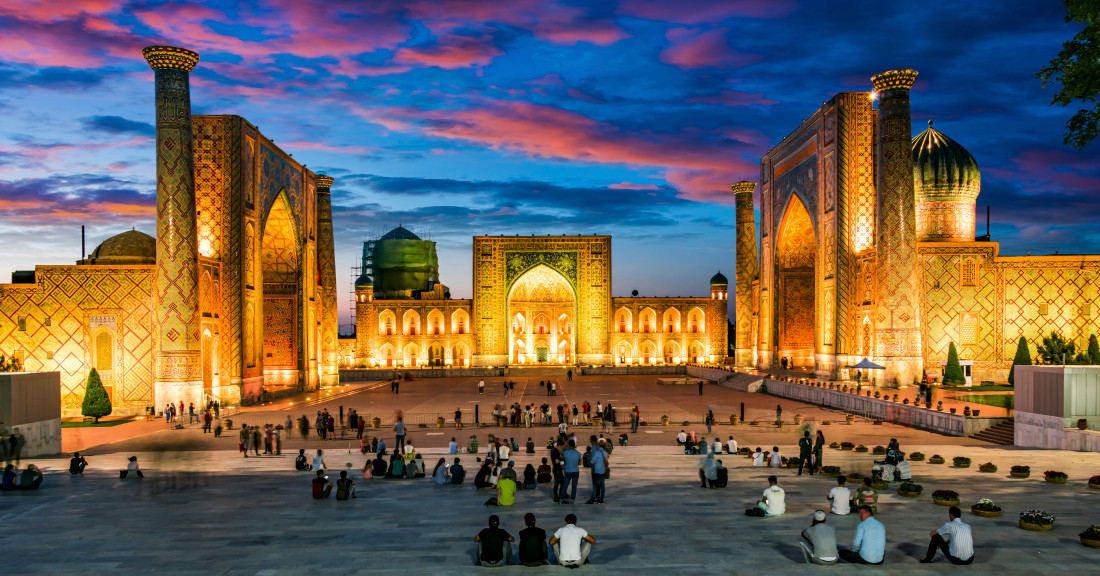
According to the ancient legend, when Samarkand was founded (VIII century BC), an ounce came down from the Zarafshan mountains and approved the construction of the city. Since then, Samarkand people have been associating themselves with the ounce – they are the same proud, brave and generous.

The name “Samarkand” dates back to the Sogdian “Smr’kand” that means “Stone Fort” or “Stone City”. In the ancient times, Samarkand was the capital of the ancient state of Sogdiana and was called Afrosiab. The ancient Greeks and the Romans knew the city by the name of “Maracanda”. Even during the campaign of Alexander the Great, Samarkand was a well-equipped and developed city.
In the early middle ages, Samarkand was part of the Turkic Khaganate. In 712, the Arabs, led by Kuteiba ibn Muslim, captured the city and Samarkand became the centre of Mawarannahr and Greater Khorasan.
In the IX century, Samarkand was the part of the Samanid State, and at the end of the X century, it became the part of the Karakhanid State. At that time, the great architectural structures were built in Samarkand. Genghis Khan, unfortunately, destroyed most of them. Then Samarkand became the part of the state of Khorezm Shahs that collapsed because of the Mongol invasion.
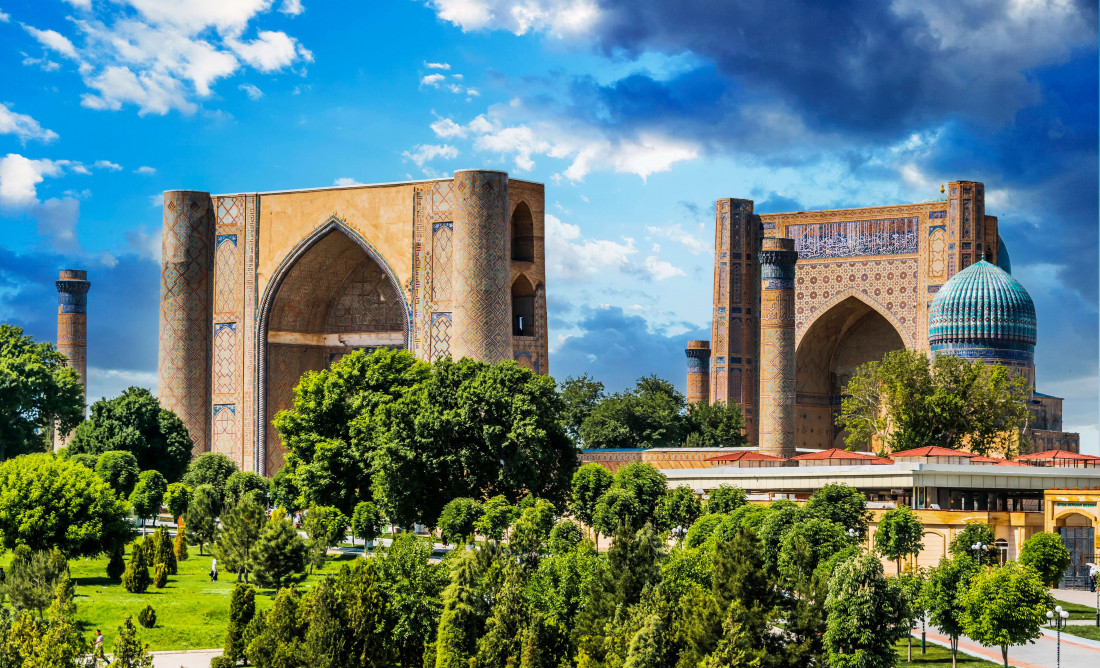
When Amir Temur came to power, Samarkand was greatly transformed. The city became the capital again, the restoration of the destroyed buildings was begun, and Samarkand returned to its former greatness. During the Temurids era, Samarkand actively inhabited, the scientists and artists from all over the world strove to get here. In the city, all conditions were created for the development of science, education and culture.
In the XVI century after the Temurids, the Sheibanids dynasty came to power and the city entered the Bukhara Khanate. Since the XVIII century, Samarkand was under the rule of the Ashtarkhanids, and the Bukhara Khanate was transformed into the Bukhara Emirate. Due to the prolonged internecine wars, Samarkand fell into an economic crisis. The first attempts to revive the city were made by the Mangyt Dynasty in the middle of the XVIII century.
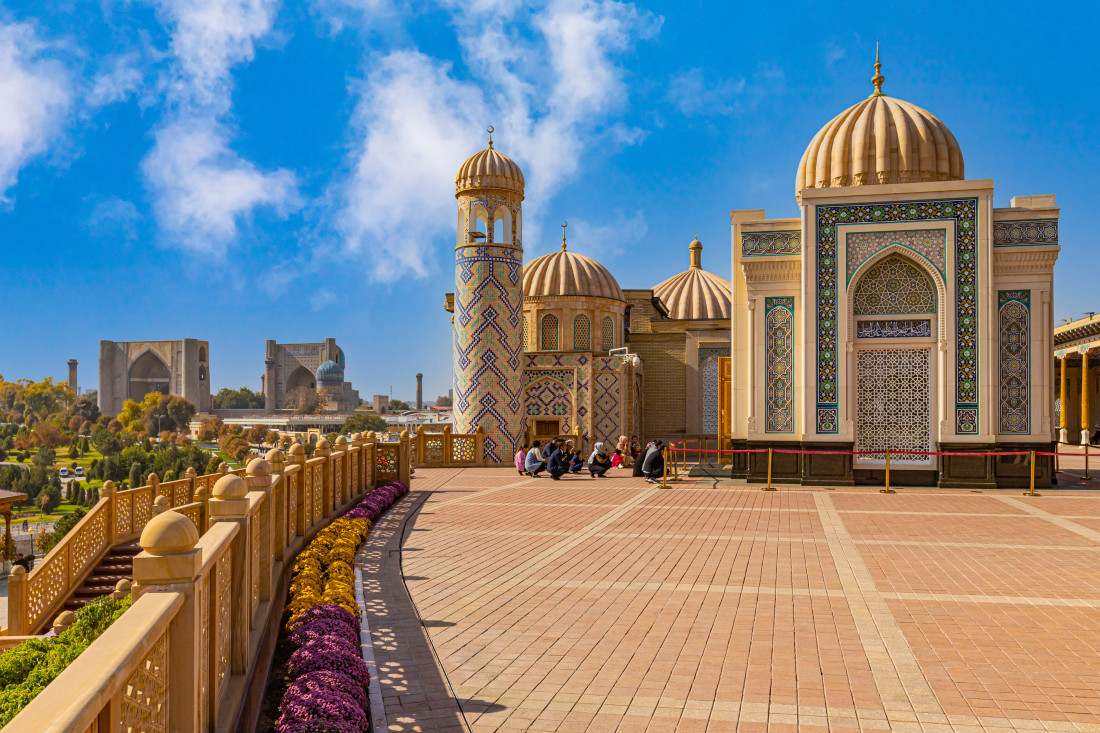
In 1868, Russian troops conquered the city. A year later, Samarkand became the administrative centre of the formed Samarkand region. For a short period, Samarkand had been the capital again (1925-1930).
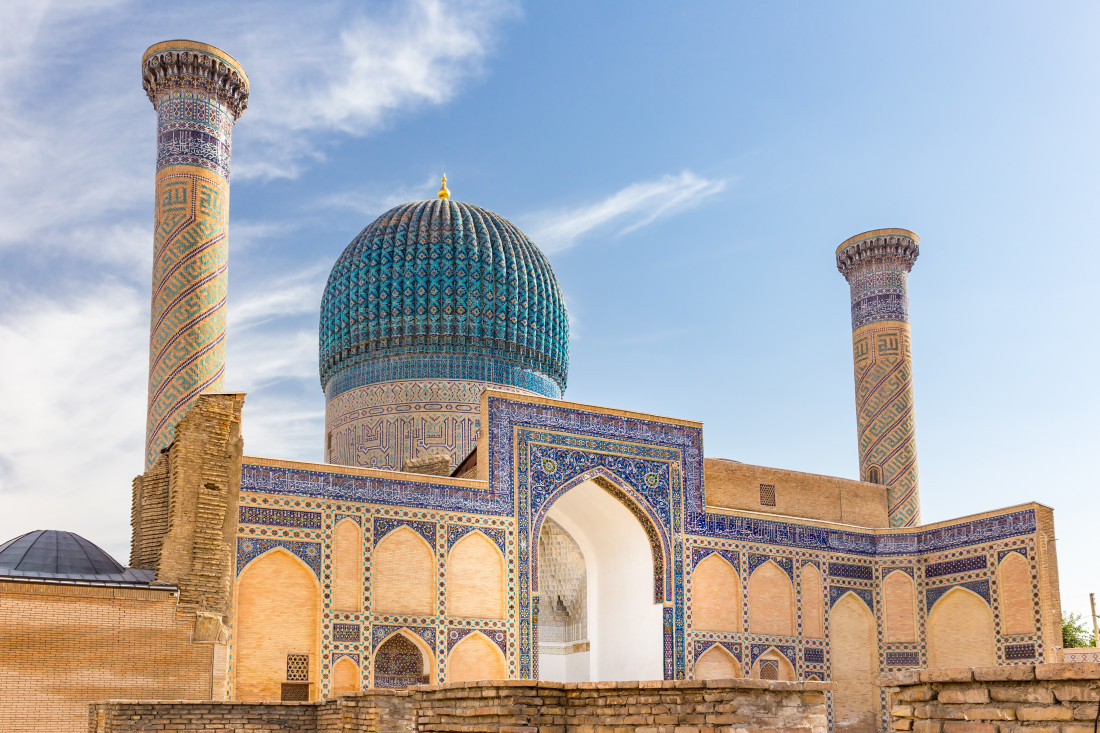
Today, Samarkand remains a beautiful and culturally rich city. Despite its rich history, the city has not lost its originality and unique appearance.

It worth noting that Samarkandians are talented masters. Throughout their existence, they surprised neighboring nations with their crafts, skills and creativity. Samarkand is called an invaluable treasury of the culture of the Central Asian nations. The greatest monuments of medieval architecture have been survived here – architectural forms and murals of incredible beauty and each of them deserves special attention.
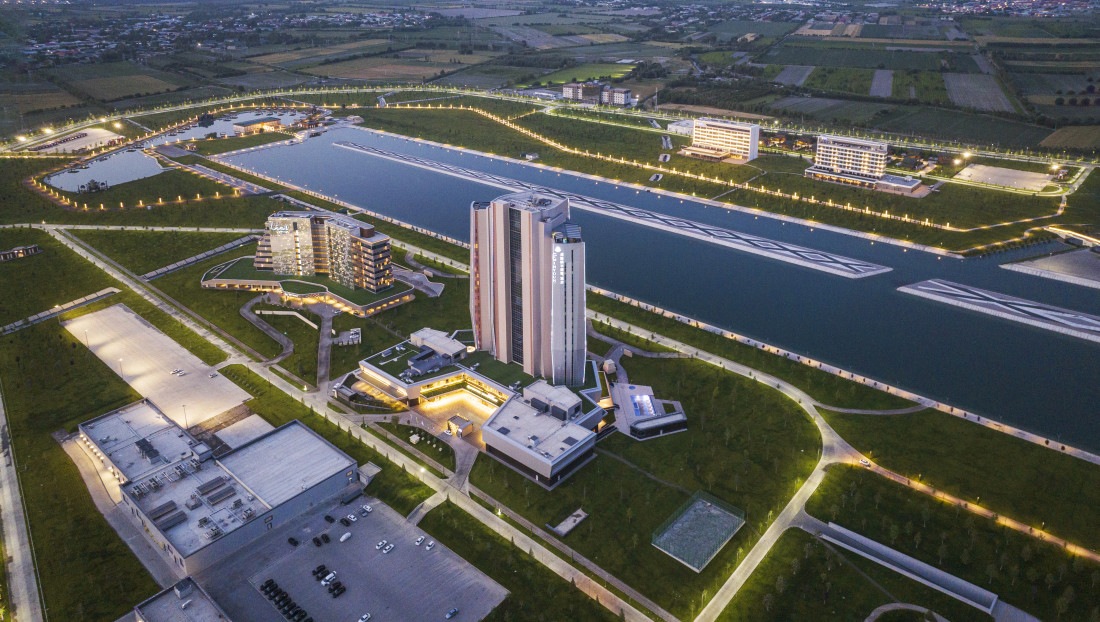
Once Fred Barnard said, “One look is worth a thousand words”. Therefore, welcome to Samarkand – pearl of the East and the garden of the soul!









Working hours: 9:00 AM - 6:00 PM, Mon-Fri
For any questions
ПОЛЬЗОВАТЕЛЬСКОЕ СОГЛАШЕНИЕ
1. Определение
Настоящее Пользовательское соглашение (далее — Соглашение) является Публичной офертой в соответствии со статьёй 367 Гражданского кодекса Республики Узбекистан от 21.12.1995 (https://lex.uz/ru/docs/111181#162763) и регулирует порядок использования материалов и Сервисов сайта Государственного унитарного предприятия «Национальный PR-центр» (далее — Предприятие), размещённого на веб-сайте и поддоменах Национального Туристического Информационного Центра: https://uzbekistan.travel/ (далее — Сайт).
Посетитель и (или) Пользователь подтверждает, что ознакомлен, полностью и безоговорочно принимает все условия настоящего Соглашения и обязуется их соблюдать.
Использование Сайта Пользователем означает полное принятие данного Соглашения «как есть» в форме акцепта.
Соглашение вступает в силу с момента посещения любой страницы Сайта и (или) регистрации на Сайте и действует бессрочно во время пользования Сервисами Сайта.
Настоящее Соглашение обязательно для исполнения всеми Посетителями и Пользователями без каких-либо изъятий и дополнительных согласований.
Пользователь обязуется самостоятельно проверять актуальную редакцию Соглашения на Сайте перед использованием Сервисов.
2. Предмет Соглашения
Предметом настоящего Соглашения являются правила использования материалов Сайта и предоставление Посетителю и (или) Пользователю возможности использования Сервисов Сайта.
Предприятие является правообладателем исключительных прав на Сайт в целом и на его составные части, включая все виды контента: логотипы, товарные знаки, тексты, статьи, аннотации, иллюстрации, фотографии, графику, аудио- и видеофайлы, пользовательские интерфейсы, дизайн, структуру, программы, базы данных.
Я прочитал(а) и соглашаюсь с условиями использования сайта и политикой конфиденциальности.
